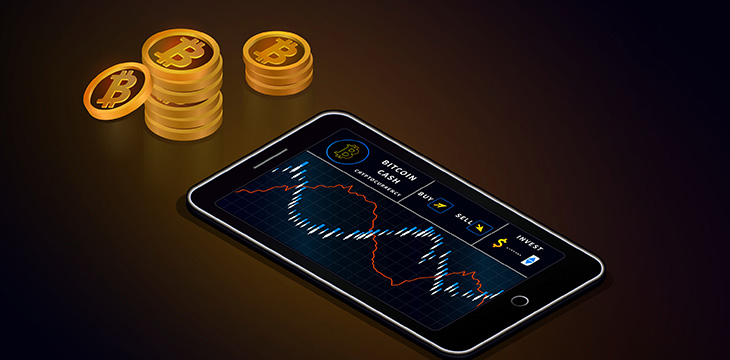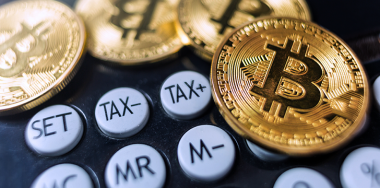| Getting your Trinity Audio player ready... |
The cryptocurrency trading platform announced a couple of months ago by the Intercontinental Exchange (ICE) is about ready to be launched. The Bakkt exchange, which is being put together through a collaborative effort involving ICE, Starbucks and Microsoft, has a target date of December 12, according to a notice (in pdf) on the ICE website from Monday.
On that day, Bakkt will introduce BTC futures contracts and will be settled by ICE Clear U.S., Inc., a division of ICE. According to the announcement, “Each futures contract calls for delivery of one bitcoin held in the Bakkt Digital Asset Warehouse, and will trade in U.S. dollar terms. One daily contract will be listed for trading each Exchange Business Day.”
Last month, ICE reiterated its intentions to launch the exchange, stating that the first contracts will be “physically delivered BTC futures contracts versus fiat currencies.” The contracts will be available against the U.S. dollar, the UK pound and the euro. ICE, the parent company of the New York Stock Exchange, had anticipated introducing the platform in November, but has had to push it back while it finished final tweaks.
ICE has no plans to introduce margin trading on the Bakkt platform. It has previously said that margin trading could be detrimental to crypto growth and could be a deterrent to market integrity. The absence of the trading option, according to ICE, is imperative to “advancing the promise of digital currencies.”
Cryptocurrency futures aren’t a new product. The Chicago Board Operations Exchange and the Chicago Mercantile Exchange jointly launched BTC futures last December; however, having another traditional financial institution such as ICE backing crypto will certainly go a long way to developing trust among mainstream investors.
It still remains to be seen how ICE’s involvement will move the markets. After the CBOE and the CME introduced their futures products, the price of BTC didn’t skyrocket as some had predicted. However, this is normal, according to the Federal Reserve Bank of San Francisco. In a letter it published this past summer, it said, “The rapid run-up and subsequent fall in the price after the introduction of futures does not appear to be a coincidence.” It further asserted that this “is consistent with trading behavior that typically accompanies the introduction of futures markets for an asset.”
New to blockchain? Check out CoinGeek’s Blockchain for Beginners section, the ultimate resource guide to learn more about blockchain technology.







